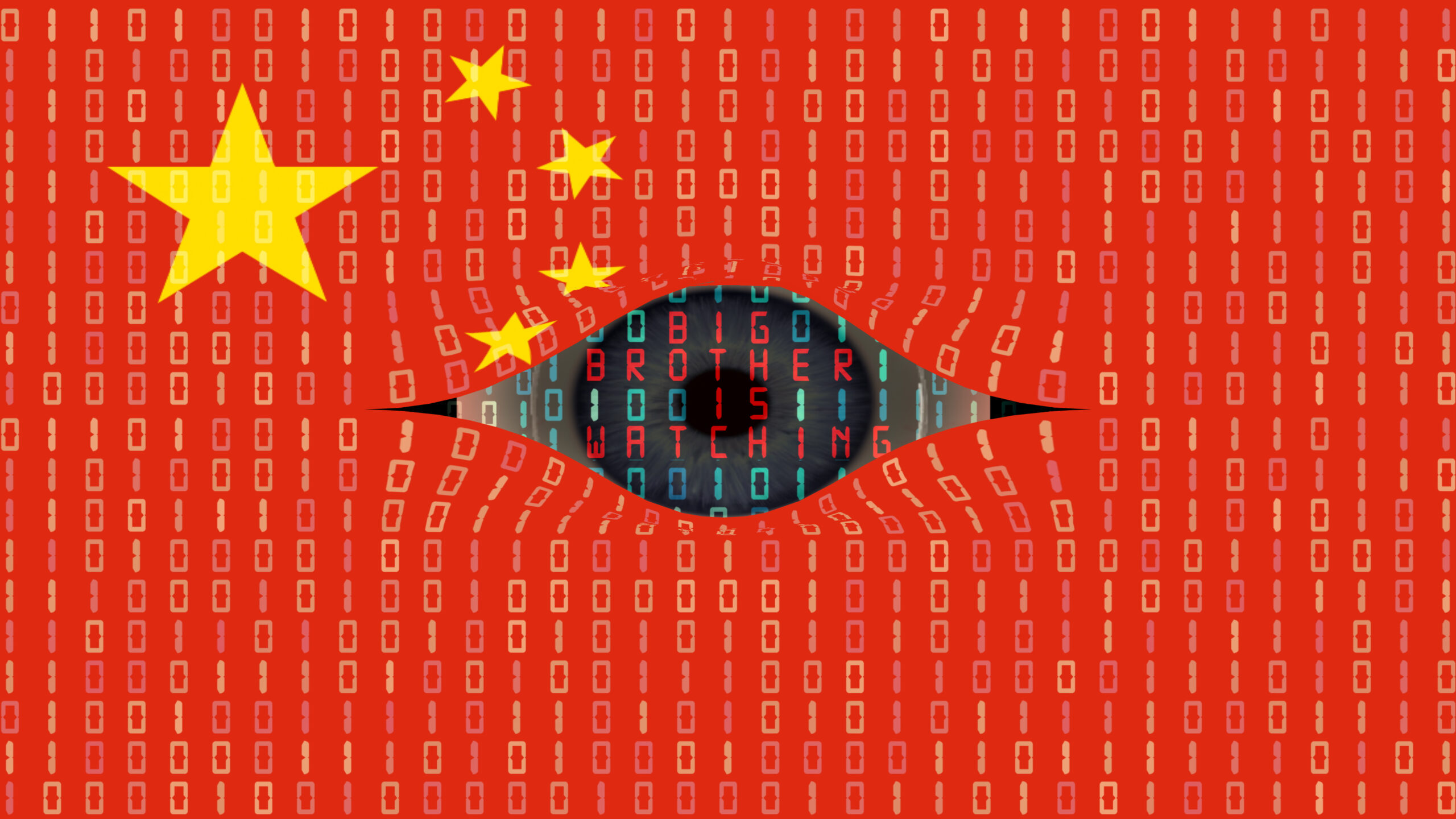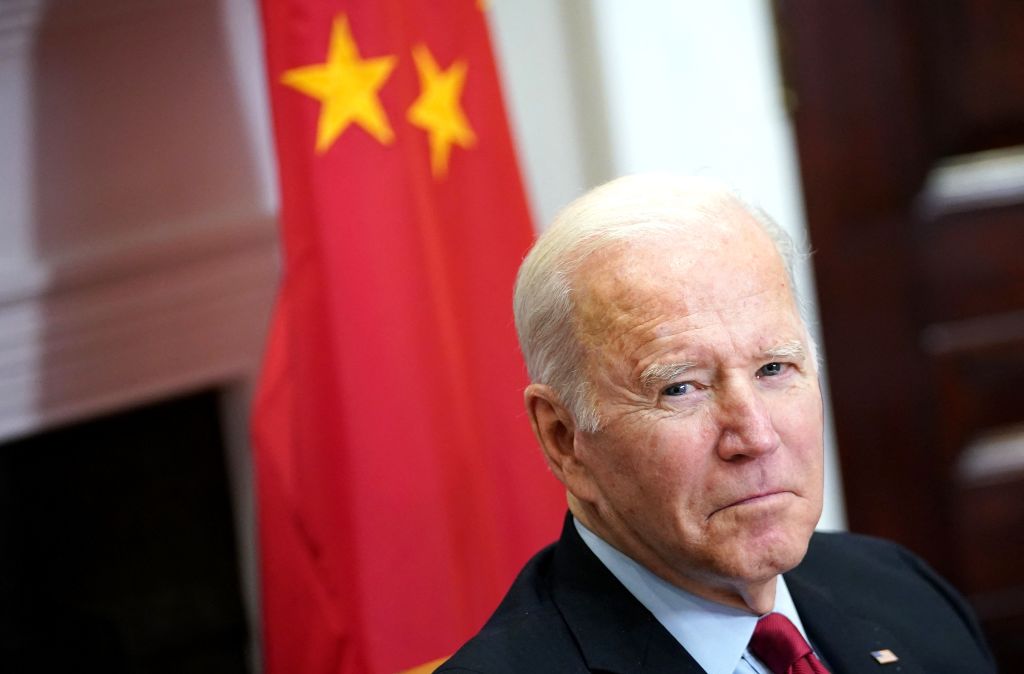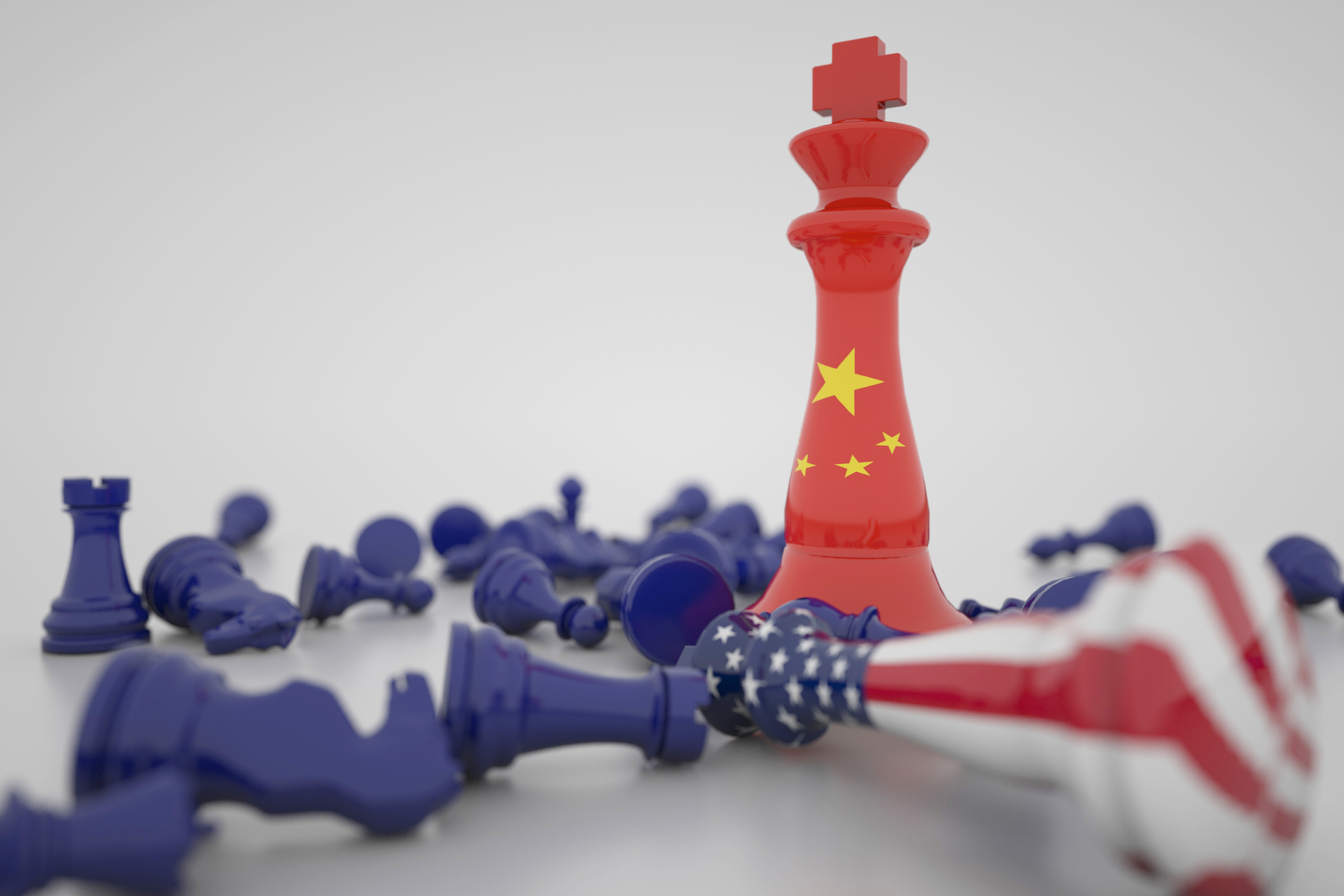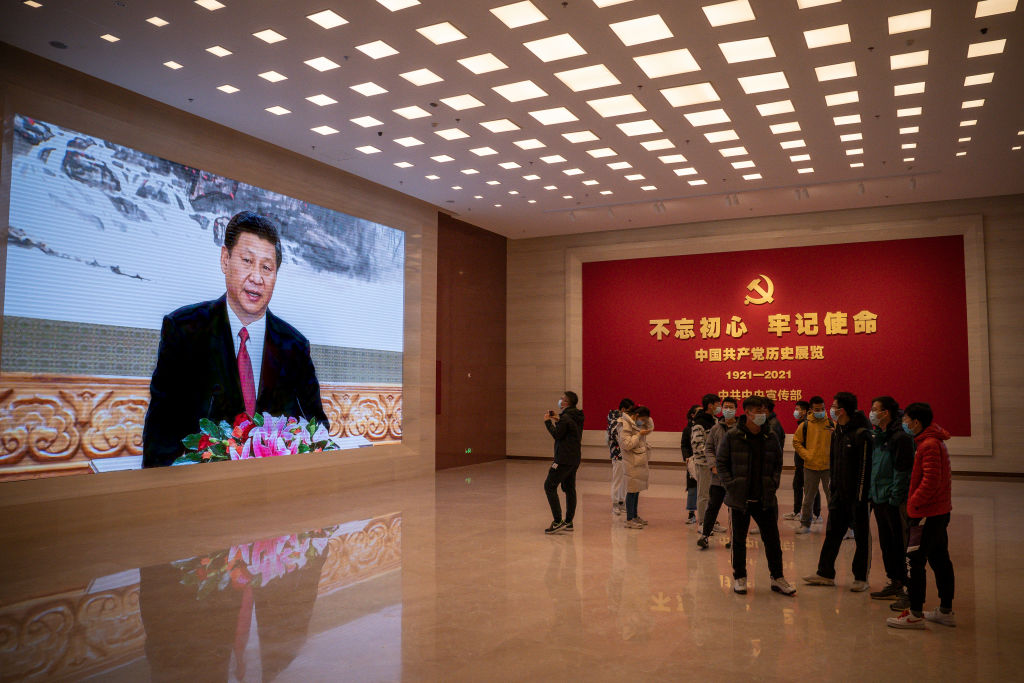When the armed forces serve a global corporate agenda, it’s no surprise that HR mandates are mission critical.
Digital Dictatorships

Maintaining rule through the use of digital manipulation threatens a government’s legitimacy.
Modern regimes are investing heavily in artificial intelligence (AI) to monitor and control society. From China’s surveillance state and emerging social credit systems to Russia’s disinformation campaign in Ukraine to Iran’s Islamic Revolutionary Guard Corps launching domestic cyberattacks on political opponents, dictatorships are using armies of hackers, bots, and trolls to gather data on citizens in order to manipulate algorithms and mold public opinion.
But when does focusing on data result in knowing less about a country? One answer is when it comes at the expense of what the military calls HUMINT, Human Intelligence, which is information gathered through direct interpersonal contact with human sources. Through spies and informants, HUMINT is said to be the only source of intelligence capable of revealing the group dynamics of insurgent and terrorist groups. And beyond HUMINT, person-to-person relationships connecting government and citizens are just as important for building a society as for shutting down terrorists.
Overreliance on statistical data at the expense of direct communication with citizens can lead to misperceptions and knowledge gaps. Rather than relying on feelings or hearsay, statistical data gives governments quantifiable—and therefore useful—information about society. But data is not enough; collecting statistics about citizens is not the same as knowing citizens.
The British East India Company (EIC) learned this lesson the hard way. It was the most powerful multinational corporation the world had ever seen. The EIC expanded from running a single factory in India in the early 17th century to ruling the entire Indian subcontinent, as well as much of Burma, under what was known as Company Raj or Company rule. By working closely with the Islamic Mughal Empire, the EIC gained access to the Mughals’ vast network of spies and informants, stretching all the way to Persia.
As Company rule expanded, the British colonists immersed themselves in Indian cultures, a movement later referred to as Orientalism. Founding the Royal Asia Society and Fort William College in Calcutta, British scholars like Sir William Jones studied Hindu, Muslim, and Sikh languages and discoursed with culture experts called munshis. The more the EIC engaged with and included the Indian people in its endeavors, the more it thrived.
But things changed. By the mid-1800s, inclusion had turned to exclusion, cooperation to division, and Orientalism to racism. As historian C.A. Bayly observes in Empire and Information: Intelligence Gathering and Social Communication in India, 1780-1870, now that British and Indian scholars were working together as equals, the British needed a new justification for colonial rule. And it came from Social Darwinist theories postulating racial hierarchies, which arrived in the minds of young EIC recruits from the British Isles. EIC administrators began to distance themselves from their Indian counterparts, creating new gaps in human intelligence.
These gaps were exacerbated as an indirect result of Britain’s statistical movement, which began in the 1830s. Soon the EIC began to favor data collection over communication with its longstanding local informants in streets and markets across India. The British created centralized bureaucracies for information gathering, pulling data from every available source: the army, political offices, the education and revenue departments, geographic surveys, district censuses, revenue surveys, and Orientalist societies. “Our government is a peculiar one, it gushes on the information front,” remarked Rudyard Kipling.
But governing India through statistics proved to be an illusion. “The statistical movement…told the British almost nothing about Indian sentiments, politics, and beliefs,” observes Bayly. This was especially true of the Sepoys, the 230,000 Indians enlisted in the EIC army. In 1857, the EIC was caught completely by surprise by the Sepoy Rebellion, the largest mutiny in history. Some 6,000 British and 800,000 Indians were killed, and it brought an end to Company rule the following year. The British crown took over direct rule of India, ushering in the era known as the British Raj.
The Sepoy Rebellion illustrates how relying on data at the expense of connecting with citizens can foster illusions of control while stoking feelings of exclusion and resentment. Such sentiments can be seen today in the backlash against Big Tech over collecting user data and also in the widespread mistrust of governments’ use of citizens’ personal data. As William Davies observed: “From one perspective, grounding politics in statistics is elitist, undemocratic and oblivious to people’s emotional investments in their community and nation. It is just one more way that privileged people in London, Washington DC or Brussels seek to impose their worldview on everybody else.”
An “undemocratic” elitist imposition describes the EIC’s statistical push, but it also describes Vladimir Putin’s disinformation push. Through social media, he hoped to mobilize ethnic Russians in the Donbas. But like the Sepoys, this provoked millions of Ukrainians to band together in resistance, waging a massive social media counter-offensive. This has created what Mykhailo Fedorov, Ukraine’s Vice Prime Minister and Minister of Digital Transformation, calls “World Cyber War I,” elsewhere called the “first TikTok war,” and the U.S. is now assisting Ukraine in its cyber defense.
As the Sepoy rebellion illustrates, citizens who feel excluded when governments value data over their input may unite in opposition in ways undetected by the information bureaucracy. Such was the case last year inside China as its citizens protested against the country’s brutal zero-COVID lockdowns. As a vertically-integrated authoritarian regime, China’s government already lacks many of the internal feedback loops necessary to stay in touch with the needs and concerns of everyday people. The CCP’s increasing focus on data over dialogue with citizens only exacerbates this disconnect. It pushed far too hard in persisting with lockdowns into December, three years after the outset of COVID. Like the Sepoys, protesters rebelled, bypassing CCP online censorship. They sent photos and videos to people outside China who then posted them on uncensored social media apps from which they could be viewed in China and reshared by altering them to bypass CCP filters. The CCP’s neglect of human input also contributed to the original spread of COVID, as it stifled whistleblower Dr. Li Wenliang. As with the Sepoy mutiny, China’s prioritization of data over direct communication with citizens has backfired.
The CCP employs over two million people to censor the internet. It uses facial recognition, biometrics, smart phone tracking, and other data and imagery surveillance, all organized by “one person, one file” software, to wage a genocide against the Uyghurs in Xinjiang. And it also spies on Belt and Road Initiative partners, including bugging the African Union headquarters, installing surveillance systems in its Central Asian neighbors, and hacking the 2018 Cambodian elections. Feelings of exclusion and mistrust resulting from the CCP’s use of data to monitor and control its own citizens and foreign partners could well provoke a backlash along the New Silk Road.
When governments prioritize data over relationships with citizens, they risk losing the public trust, which is the foundation of legitimacy. If the world’s digital dictatorships continue down their current paths of attempting to rule through data at the expense of relationships with citizens, they may share the fate of the British East India Company, finding that a loss of legitimacy is the biggest return on their immense investment in data.
The American Mind presents a range of perspectives. Views are writers’ own and do not necessarily represent those of The Claremont Institute.
The American Mind is a publication of the Claremont Institute, a non-profit 501(c)(3) organization, dedicated to restoring the principles of the American Founding to their rightful, preeminent authority in our national life. Interested in supporting our work? Gifts to the Claremont Institute are tax-deductible.
The Biden Administration sets tough new trade policies against Beijing, but is it too little, too late?
Biden’s dreams of American semiconductor dominance are futile.
Beijing’s centralized planning has created a massive bubble of obligations.
How globalization became sinicization
How the United Nations serves the Chinese Communist regime






